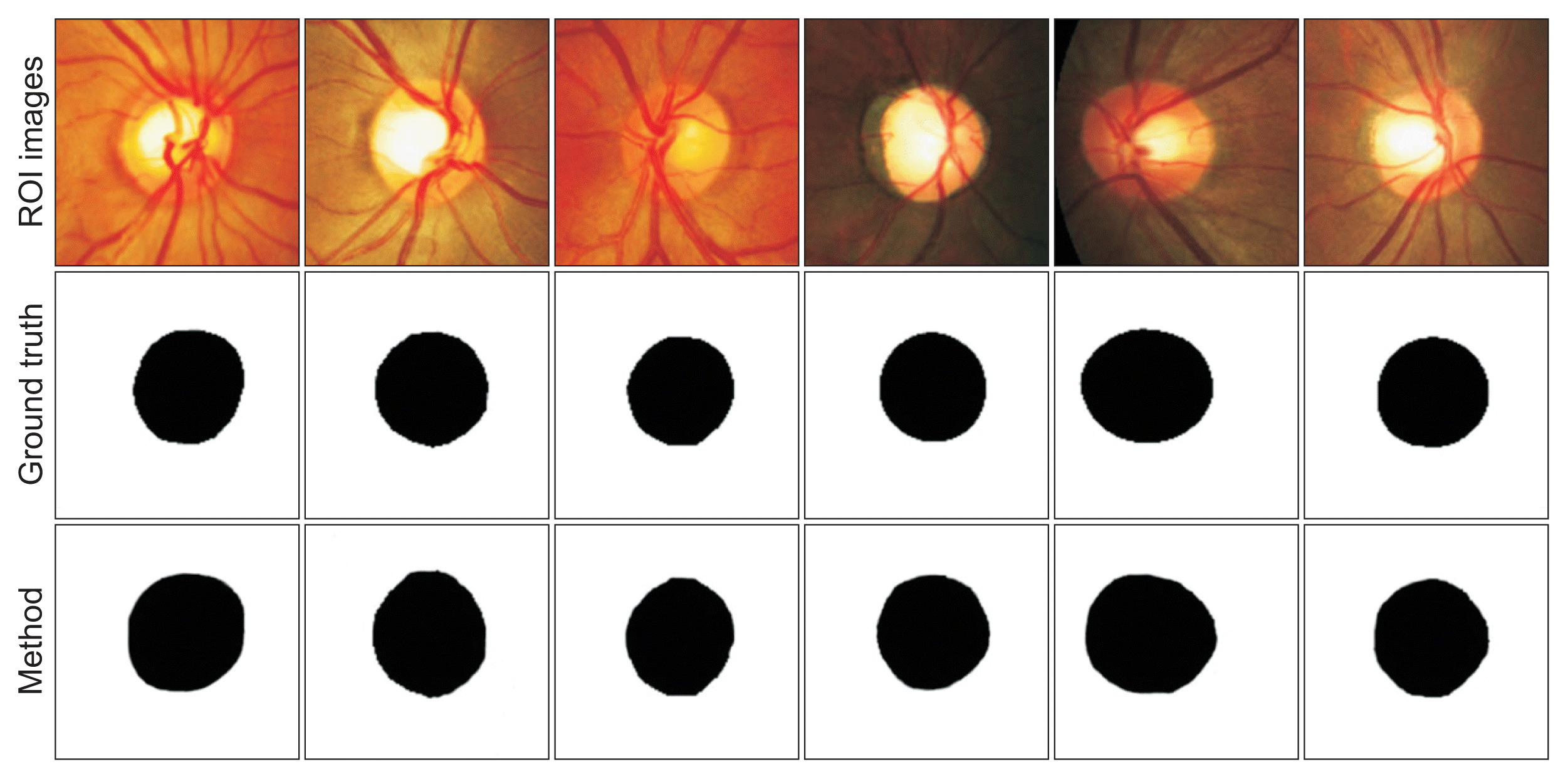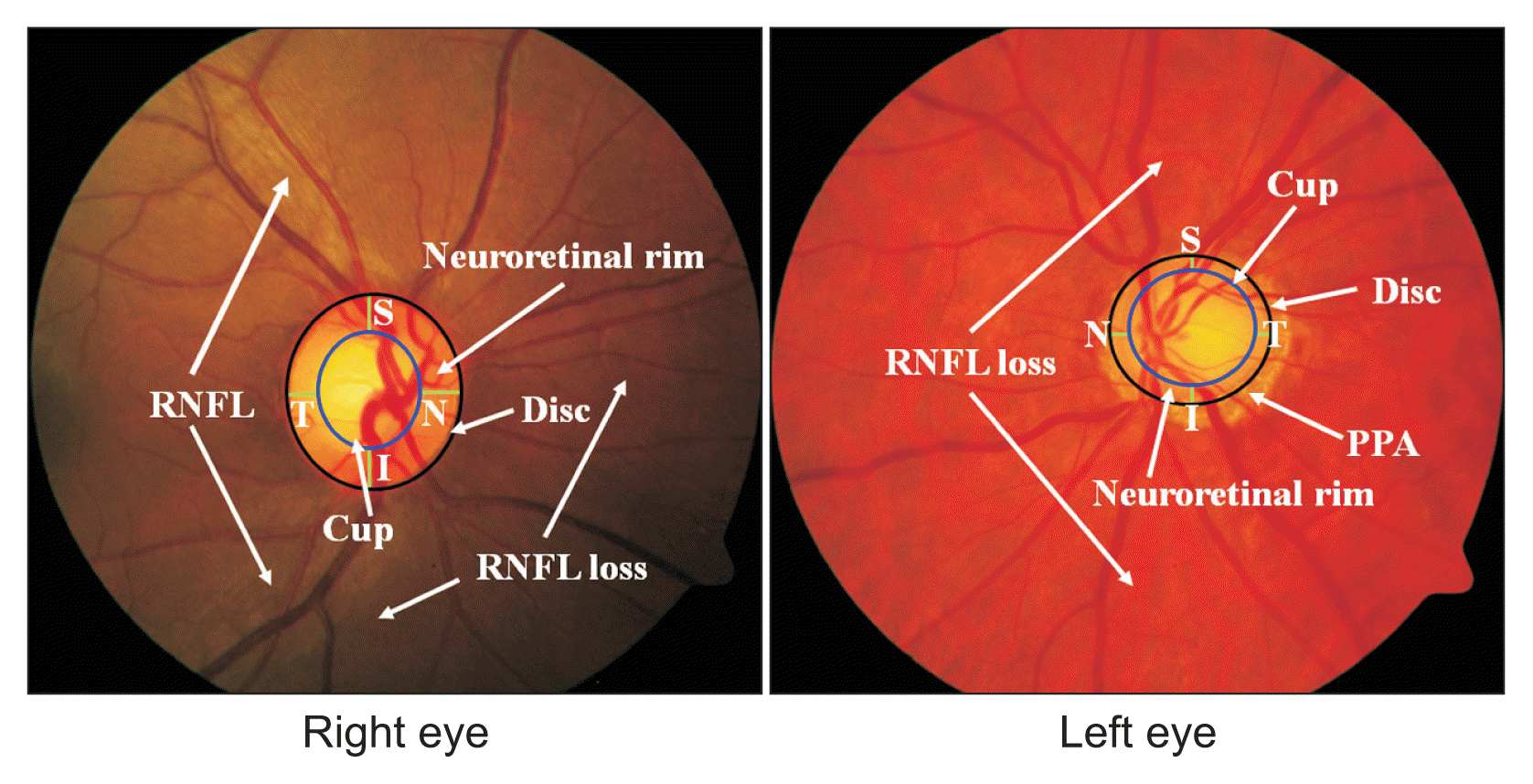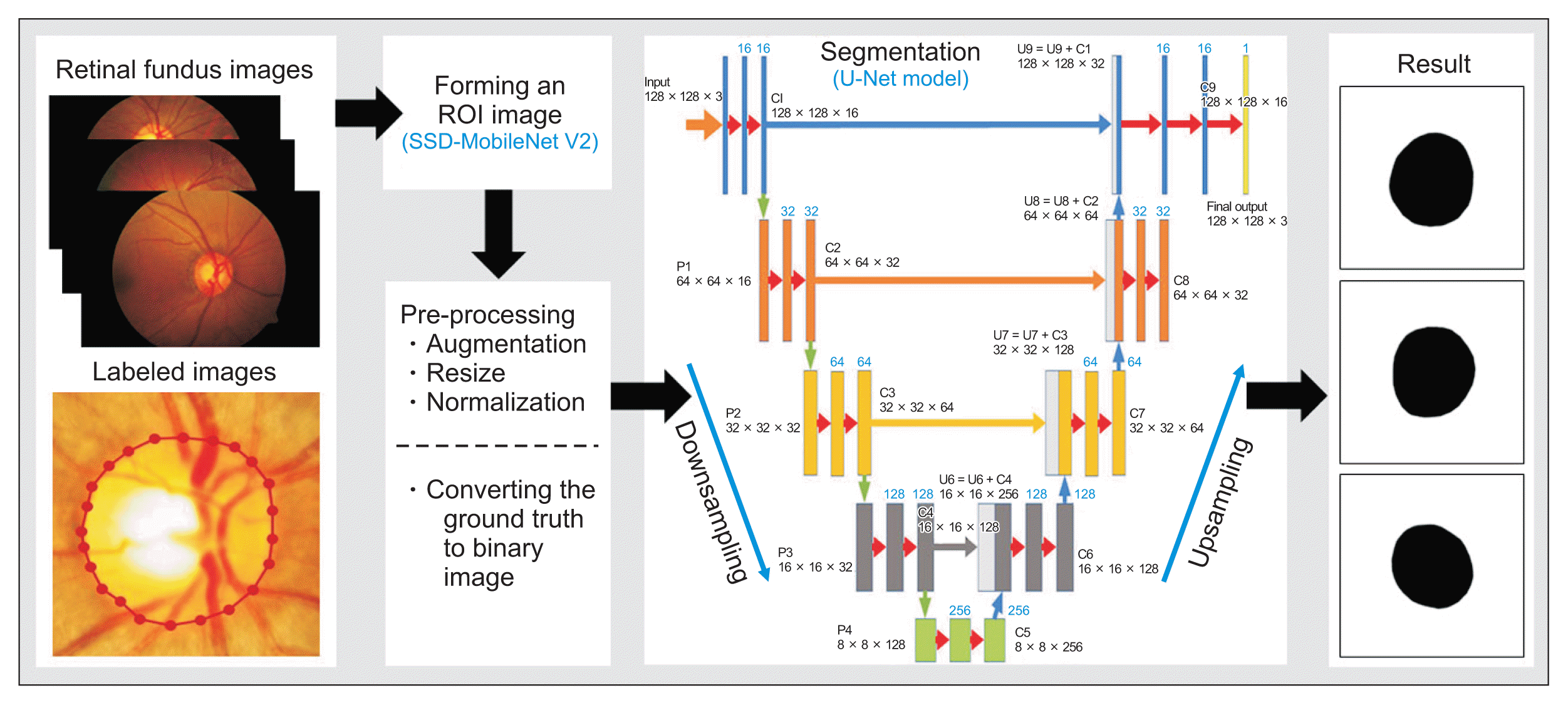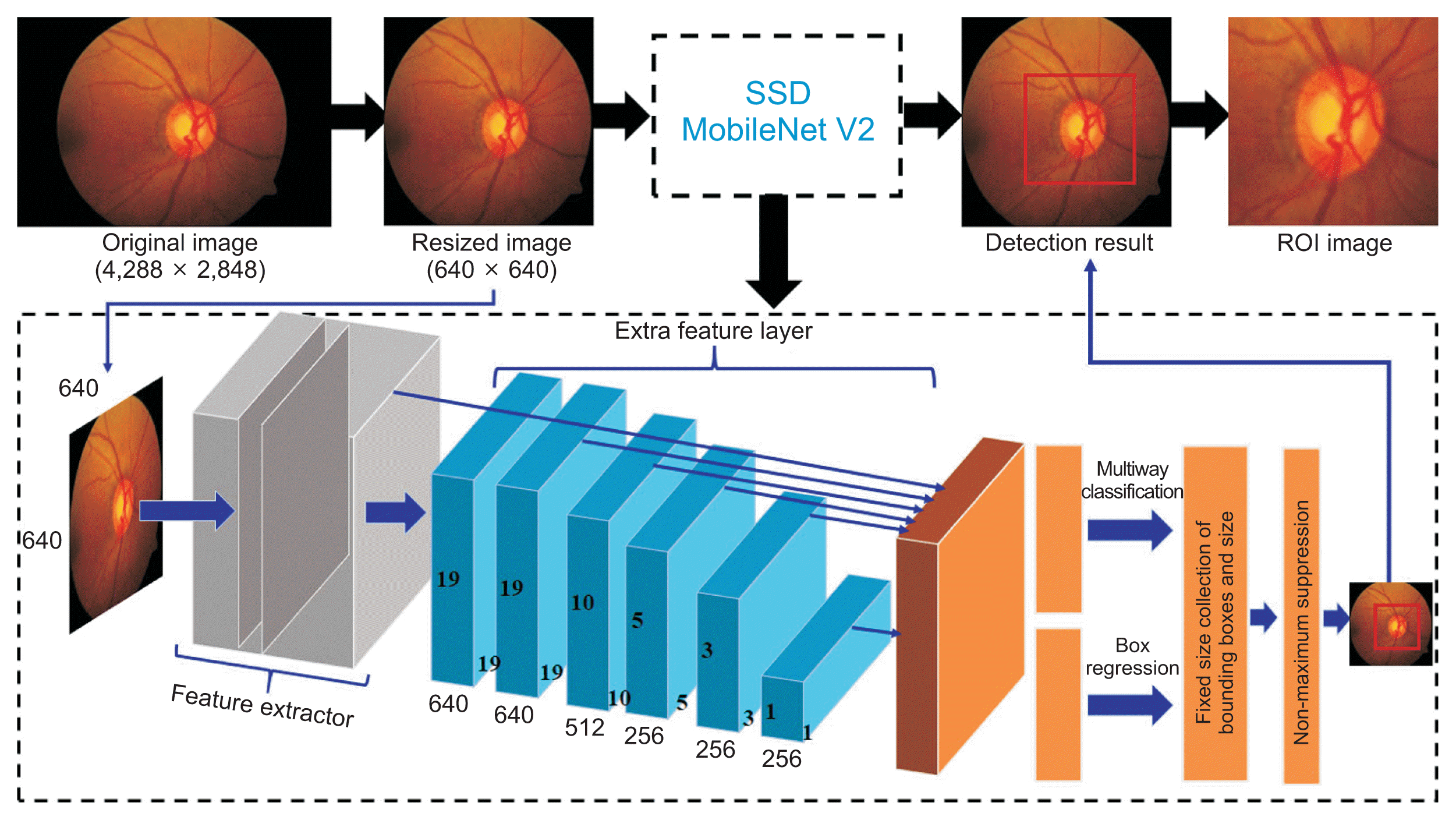1. Nugroho HA, Frannita EL, Ardiyanto I, Choridah L. Computer aided diagnosis for thyroid cancer system based on internal and external characteristics. J King Saud Univ-Comput Inf Sci. 2021; 33(3):329–39.
https://doi.org/10.1016/j.jksuci.2019.01.007.

3. Soulami KB, Kaabouch N, Saidi MN, Tamtaoui A. Breast cancer: one-stage automated detection, segmentation, and classification of digital mammograms using UNet model based-semantic segmentation. Biomed Signal Process Control. 2022; 66:102481.
https://doi.org/10.1016/j.bspc.2021.102481.

4. Sela EI, Pulungan R, Widyaningrum R, Shantiningsih RR. Method for automated selection of the trabecular area in digital periapical radiographic images using morphological operations. Healthc Inform Res. 2019; 25(3):193–200.
https://doi.org/10.4258/hir.2019.25.3.193.

5. Das P, Pal C, Acharyya A, Chakrabarti A, Basu S. Deep neural network for automated simultaneous intervertebral disc (IVDs) identification and segmentation of multi-modal MR images. Comput Methods Programs Biomed. 2021; 205:106074.
https://doi.org/10.1016/j.cmpb.2021.106074.

6. Li X, Dou Q, Chen H, Fu CW, Qi X, Belavy DL, et al. 3D multi-scale FCN with random modality voxel dropout learning for intervertebral disc localization and segmentation from multi-modality MR images. Med Image Anal. 2018; 45:41–54.
https://doi.org/10.1016/j.media.2018.01.004.

7. Makroum MA, Adda M, Bouzouane A, Ibrahim H. Machine learning and smart devices for diabetes management: systematic review. Sensors (Basel). 2022; 22(5):1843.
https://doi.org/10.3390/s22051843.

8. Kumar S, Adarsh A, Kumar B, Singh AK. An automated early diabetic retinopathy detection through improved blood vessel and optic disc segmentation. Opt Laser Technol. 2020; 121:105815.
https://doi.org/10.1016/j.optlastec.2019.105815.

10. Abdullah F, Imtiaz R, Madni HA, Khan HA, Khan TM, Khan MA, et al. A review on glaucoma disease detection using computerized techniques. IEEE Access. 2021; 9:37311–33.
https://doi.org/10.1109/ACCESS.2021.3061451.

12. Veena HN, Muruganandham A, Kumaran TS. A novel optic disc and optic cup segmentation technique to diagnose glaucoma using deep learning convolutional neural network over retinal fundus images. J King Saud Univ-Comput Inf Sci. 2022; 34(8):6187–98.
https://doi.org/10.1016/j.jksuci.2021.02.003.

13. Septiarini A, Pulungan R, Harjoko A, Ekantini R. Peripapillary atrophy detection in fundus images based on sectors with scan lines approach. In : Proceedings of 2018 3rd International Conference on Informatics and Computing (ICIC); 2018 Oct 17–18; Palembang, Indonesia. p. 1–6.
https://doi.org/10.1109/IAC.2018.8780490.

14. Sharma A, Agrawal M, Roy SD, Gupta V, Vashisht P, Sidhu T. Deep learning to diagnose Peripapillary Atrophy in retinal images along with statistical features. Biomedical Signal Processing and Control. 2021; 64:102254.
https://doi.org/10.1016/j.bspc.2020.102254.

15. Odstrcilik J, Kolar R, Tornow RP, Jan J, Budai A, Mayer M, et al. Thickness related textural properties of retinal nerve fiber layer in color fundus images. Comput Med Imaging Graph. 2014; 38(6):508–16.
https://doi.org/10.1016/j.compmedimag.2014.05.005.

16. Septiarini A, Harjoko A, Pulungan R, Ekantini R. Automated detection of retinal nerve fiber layer by texture-based analysis for glaucoma evaluation. Healthc Inform Res. 2018; 24(4):335–45.
https://doi.org/10.4258/hir.2018.24.4.335.

17. Rehman ZU, Naqvi SS, Khan TM, Arsalan M, Khan MA, Khalil MA. Multi-parametric optic disc segmentation using superpixel based feature classification. Expert Syst Appl. 2019; 120:461–73.
https://doi.org/10.1016/j.eswa.2018.12.008.

19. Septiarini A, Harjoko A, Pulungan R, Ekantini R. Optic disc and cup segmentation by automatic thresholding with morphological operation for glaucoma evaluation. Signal Image Video Process. 2017; 11:945–52.
https://doi.org/10.1007/s11760-016-1043-x.

21. Hasan MK, Alam MA, Elahi MT, Roy S, Marti R. DRNet: segmentation and localization of optic disc and fovea from diabetic retinopathy image. Artif Intell Med. 2021; 111:102001.
https://doi.org/10.1016/j.artmed.2020.102001.

23. Bian X, Luo X, Wang C, Liu W, Lin X. Optic disc and optic cup segmentation based on anatomy guided cascade network. Comput Methods Programs Biomed. 2020; 197:105717.
https://doi.org/10.1016/j.cmpb.2020.105717.

25. Yuan X, Zhou L, Yu S, Li M, Wang X, Zheng X. A multi-scale convolutional neural network with context for joint segmentation of optic disc and cup. Artif Intell Med. 2021; 113:102035.
https://doi.org/10.1016/j.artmed.2021.102035.

26. Orlando JI, Fu H, Barbosa Breda J, van Keer K, Bathula DR, Diaz-Pinto A, et al. REFUGE challenge: a unified framework for evaluating automated methods for glaucoma assessment from fundus photographs. Med Image Anal. 2020; 59:101570.
https://doi.org/10.1016/j.media.2019.101570.

29. Wang L, Gu J, Chen Y, Liang Y, Zhang W, Pu J, et al. Automated segmentation of the optic disc from fundus images using an asymmetric deep learning network. Pattern Recognit. 2021; 112:107810.
https://doi.org/10.1016/j.patcog.2020.107810.






 PDF
PDF Citation
Citation Print
Print






 XML Download
XML Download